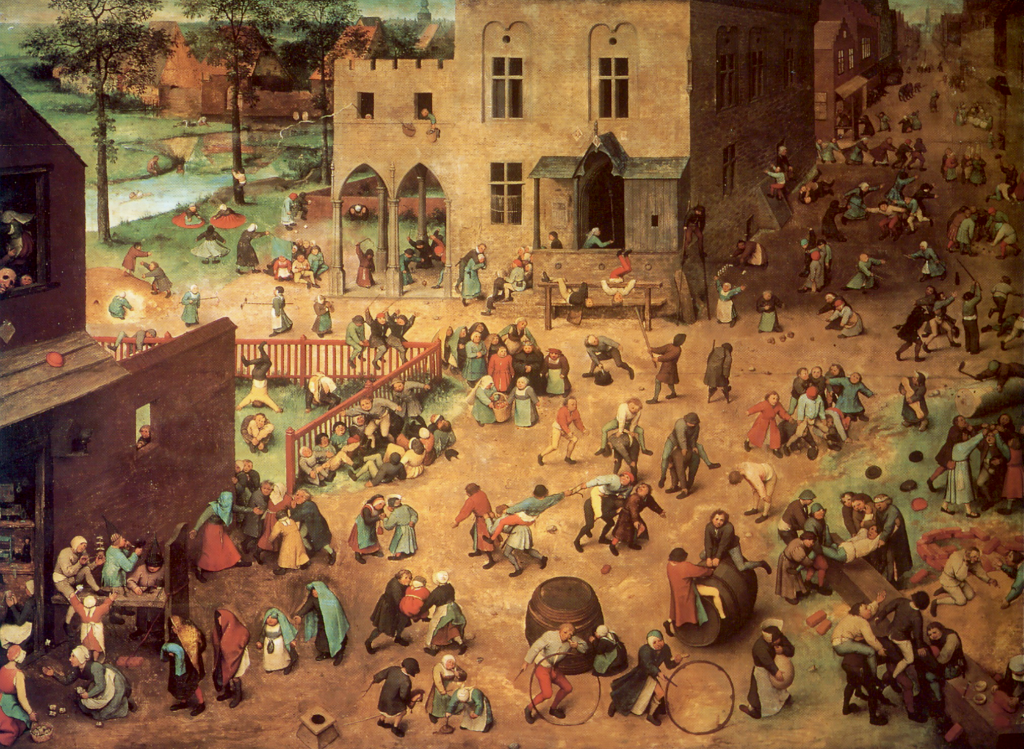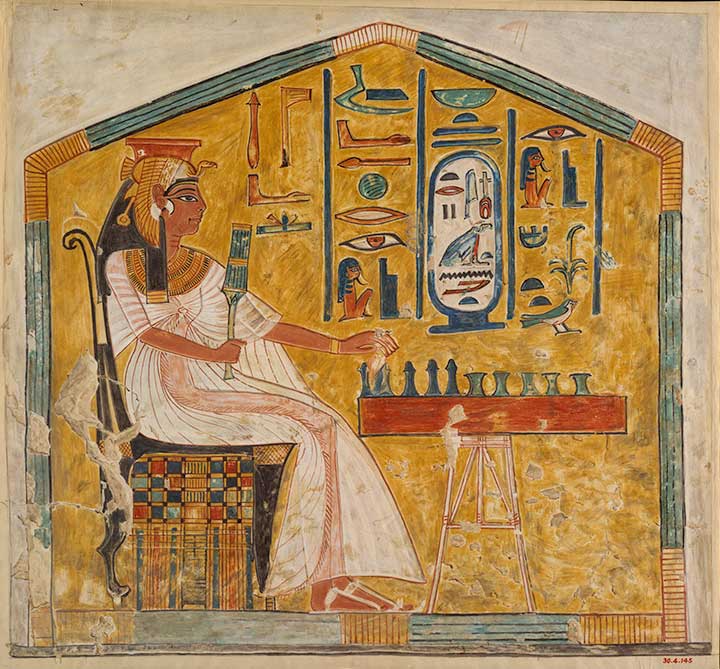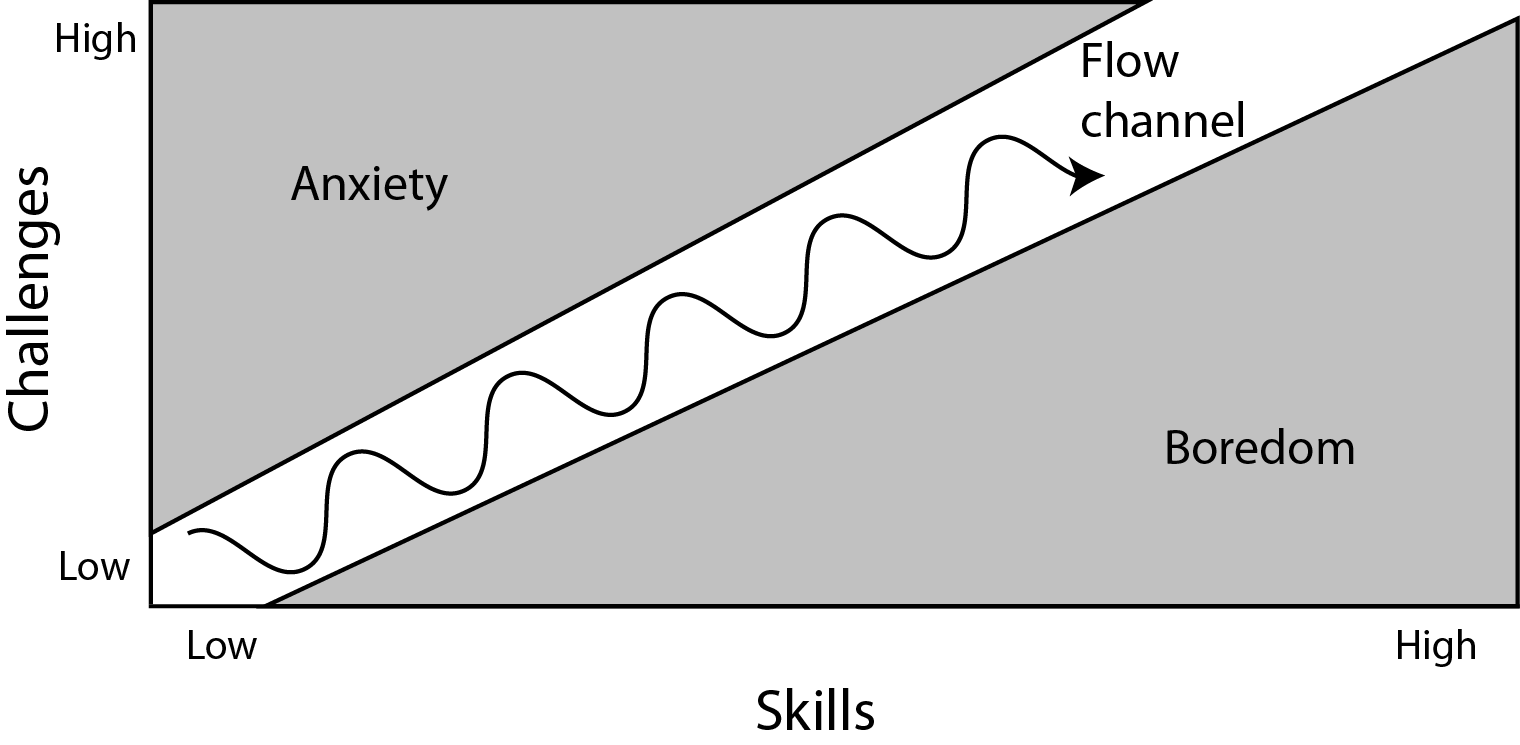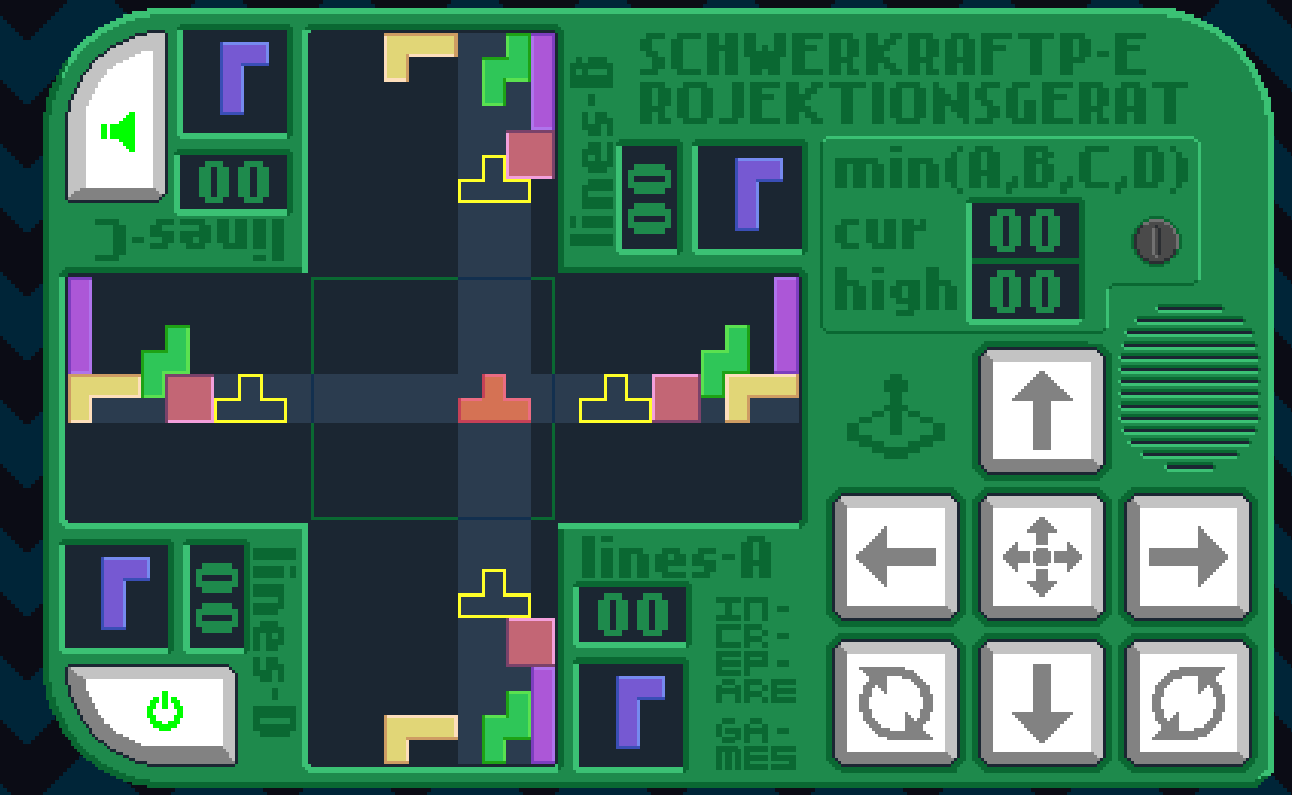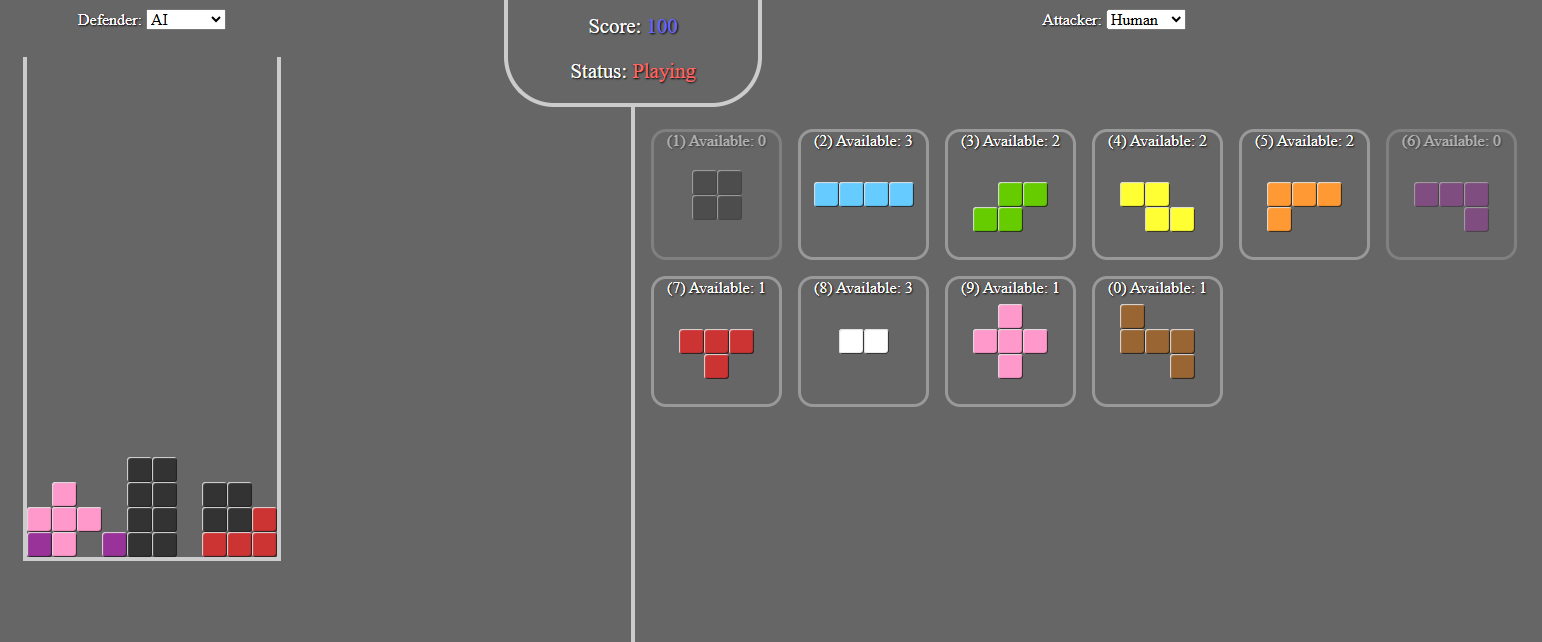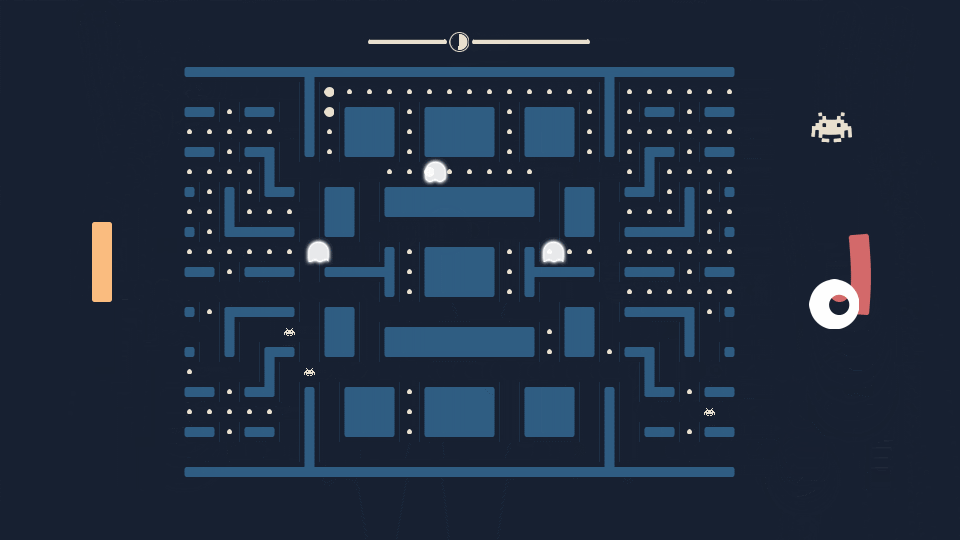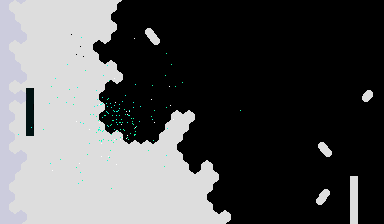Assignment: Make an experimental variant of the classic arcade game Asteroid.
This is an exercise in incremental design innovation: don’t mod the provided code into a completely different game. Designing novel games is hard, almost all games are build on the top of proven genre, features, and gameplay concepts.
Think of it as:
Asteroids except [one feature is different]
Asteroids plus [another game or genre]
Asteroid with [another feature found in another game]
The space theme can change if the new gameplay doesn’t make sense for it. Don’t start from a new theme.
Graphics should be done after the gameplay is established.
Keep it minimalistic and iconic like the original: us bright lines on dark background, or use flat colors and simple shapes unless you have specific reasons to *not* do so.
On the visual side this is an exercise in making game art that conveys information and makes the game readable.
Agency
Games are based on action so one way to talk and think about games is through verbs.
What are the verbs used in asteroids?
I’m talking about the actions. Basically: what does the player do? That is referred as Agency (the freedom of action within the world)
What are the nouns, the things you see?
If you were to break it into pieces, into assets.
Agency: the satisfying power to take meaningful action and see the results of our decisions and choices.
“Every expressive medium has its own unique patterns of desire; its own way of giving pleasure, of creating beauty, of capturing what we feel to be true about life; its own aesthetic.”
Janet Murray – Hamlet on the Holodeck 1997
Meaningful action means that your action affects the world.
Or at least does something aesthetically.
Stray – In the introduction you can do things that don’t affect the world
You can meow, you can play with your cat friends. Is it meaningful agency?
The intro is not formally meaningful action but it is meaningful in terms of narrative and “immersion”.
To introduce the main controls.
To present the main character.
To establish it’s not an anthropomorphic cat
To show its life before the beginning of the adventure
“Games are a series of interesting decisions”
Sid Meier (Civilization Series)
What are the interesting decisions in Asteroid?
Is it just fast reaction to a stimulus or there are decisions to make?
Compare it with space invader, it’s all about button mashing and calculating trajectories.
Asteroids has an element of management.
BRAINSTORM: Change or add one verb
Reimagine the game around a different action or an extra action
Example: Feed- some asteroids are alive and must be fed so instead of shooting you take pieces of the “dead” asteroids and you shoot them on the “living” ones
For a list of verbs:
https://docs.google.com/document/d/16i4pxx_Ba8InJiwWglYNPUUyyzs2nInUNPHK135w0g4/edit
Discuss with your team and quickly paper prototype it: sketch out how the game would play out, be ready to present the best idea.
Avoid standard shoot-em up gameplay tropes: power ups, bullet hell dynamics, enemies, etc, it’s easy to add features and end up in familiar territory. Does it transform the gameplay into something original or just into a more complex shooter?
Here’s an example that adds looting and customization to an asteroids type of game
Rules
All definition of games include the idea of rules. Games, digital, board games, sports, have sets of rules that govern the agency of the player. In analog games you learn all the rules before you even start play. In video games you learn them as you go.
Teaching rules and introducing new rules is a big part of game design.
In video games rules are embedded into the code but if the game are simple we can sort of abstract them
What are the rules in Asteroids?
Osmos – movement as resource
QWOP
BRAINSTORM: Change or add one rule
Reimagine the game with a different or an extra rule (not a player action like in the agency/verbs brainstorm).
Example: There is a black hole in the center like SpaceWar: asteroids, bullets, and ship are attracted to it
Games as social activity
Throughout history people played games with other people.
Pretty much all games were multiplayer.
There are very few exceptions: the ancient game of Senet was likely played as a solitaire.
But it was likely used as a divination game. As a way to predict future or fortunetelling, like tarot or I Ching.
And even the first videogames were multiplayer and symmetrical. Like Pong.
Symmetrical means that the players had the same agency, the same role and goal.
In this case scoring on the opposite side.
Very soon game designers figured out that you can have single player games.
At it made sense for home consoles because like Atari because when you are at home you might not have people willing to play around you.
This is breakout and it’s basically taking pong and making it single player
And still today single player games are the most popular, and the biggest market.
Because massively multiplayer online games like World of Warcraft or Fortnite, are difficult to make and very few of them succeed.
I find that students since they are working by themselves often default to single player when thinking about new games
So let’s imagine asteroids as a two player game.
BRAINSTORM: Make Asteroids multiplayer
Consider:
-competitive symmetrical
-competitive asymmetrical
-cooperative
-asynchronous
-turn based
The easiest way would be to have two players just working together to clear the asteroids.
But let’s imagine something more transformative. Think about how the theme could shift as result.
Play Forms
Man, Play and Games was written by french sociologist Roger Callois in 1961. The book introduced important terminology in game studies. He describes four “play forms” that are the basis for the enjoyment of games.
These components can be present in different degrees in each game:
Agon, or competition. Present in skill based, competitive game like sports or chess.
Alea, or chance. Present in gambling games like slot machines or roulette.
Mimicry, or mimesis Present in role playing games or pretend games.
Ilinx, or vertigo Present in perception altering play, like merry go round and visually intensive videogames.
How are these components manifesting in Asteroids?
Can you imagine a version of Asteroids that boosts the less dominant components like chance or vertigo?
Fun
“Fun arises from trying to understand the pattern of a game.”
-Raph Koster
“The truth is, your self knows what fun means. Because you know when something is fun — for you. So start there. Not with trying to define it, because you already have defined it.”
-Bernie DeKoven
8 types of fun:
Sensation, Game as sense-pleasure
Fantasy, Game as make-believe
Narrative, Game as unfolding story
Challenge, Game as obstacle course
Fellowship, Game as social framework
Discovery, Game as uncharted territory
Expression, Game as soap box
Submission, Game as mindless pastime
-Hunicke, LeBlanc, and Zubek
Ludus vs Paidia
Callois also differentiated between two kind of games:
Ludus – structured activities with explicit rules (competitive games)
Paidia – unstructured and spontaneous activities (child play, sandbox, toys, creative games)
BRAINSTORM: Reimagine asteroids for a different kind of player/fun
How can the gameplay be turned into a non-competitive, sandbox, open ended, or “creative play” game, how can it be expressive or narrative…
Progression
Asteroids’ progression is only a few parameters. The difficulty level has to increase because of the coin-op business model.
Progression in flow is dynamic (dynamic difficulty adjustment) and player-driven. The goal is to induce a state of “flow”.
More often, games have levels, maps, worlds that get unlocked and introduce new mechanics or reframe previous ones, create a sense of discovery, and support the game narrative.
BRAINSTORM: introduce “levels” in Asteroids
Get rid of the screen wrap or expand it, make the camera follow the ship and create a world to explore or traverse.
Story
Does Asteroids have a story? Does it need it?
(record audio + picture book released 2 years after the game)
Are Asteroids characters protagonists?

BRAINSTORM: Choose one of the alternative gameplay ideas you came up with and retheme/reskin the game.
Try to address the ludonarrative dissonance that may arise with the new gameplay.
Genre
Games have been around for over half a century, they consolidated into genres and conventions, some classic became iconic.
Let’s look at some remixes and mash-ups of other classic games that subvert the player’s expectations, leverage the players familiarity with the game.
Adding modern technology to old concepts, fluid dynamics
Physics
Soft Body
Inverse tetris
Tetris-like block as narrative device
New joke rule that nevertheless creates a new gameplay:
actual first person
Custom tetris – you can play as the attacker against an AI
Multiplayer and interface interventions
Lunar lander + alt controller coop
Mash up
Beyond the screen

